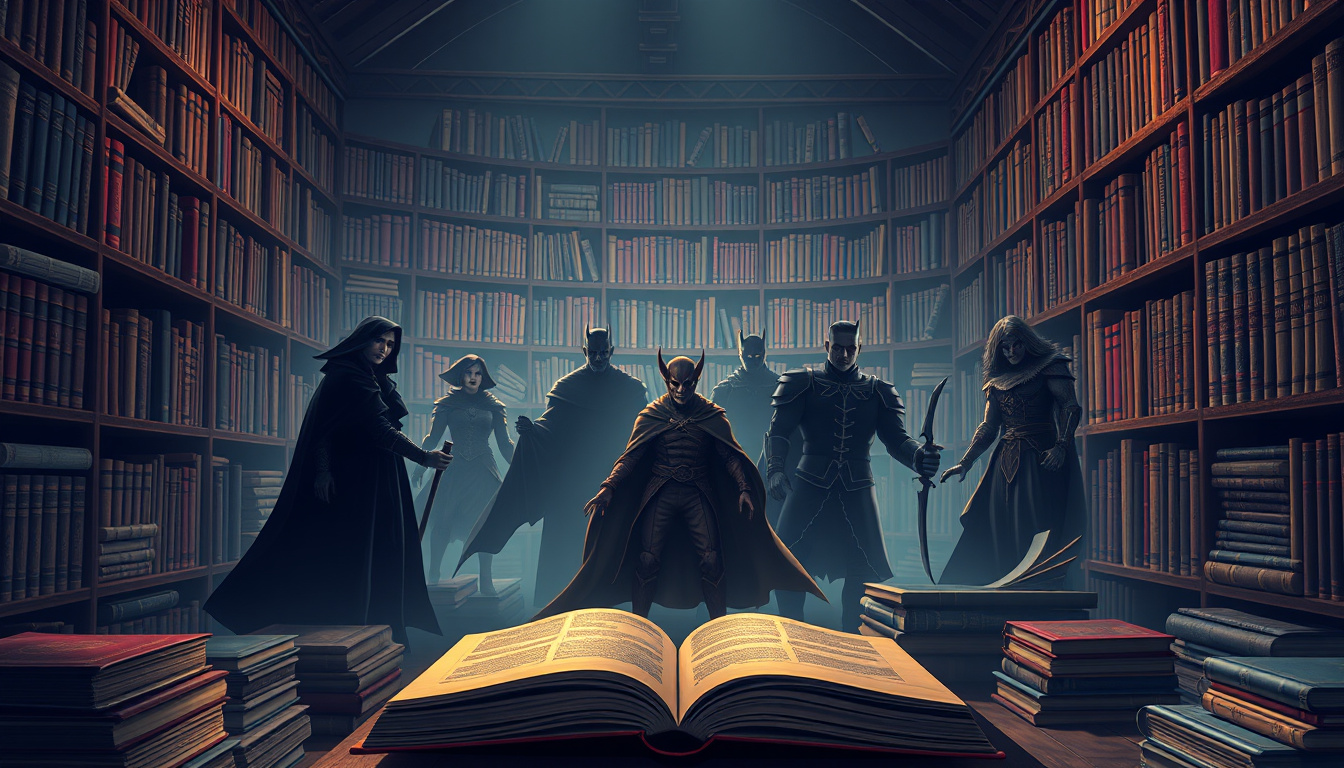
Understanding the Beat Sheet of The Authenticity Project
The Authenticity Project by Clare Pooley is a novel that cleverly intertwines the lives of several characters who start off as strangers but are drawn together through a shared diary that encourages honesty. This book not only explores the theme of authenticity in personal connections but also navigates through various dramas, romances, and life changes of its characters. A beat sheet, often used by writers and screenwriters, breaks down a story into its key parts or ‘beats’, each serving a specific purpose in the narrative’s progression. When analyzing the beat sheet of The Authenticity Project, it is essential to identify these key turning points and how they effectively build the story’s emotional and narrative arc.
Opening Image and Set-Up
The novel begins with an intriguing premise that sets the tone for the rest of the story. Julian Jessop, an eccentric artist past his prime, feels invisible and disconnected from society. As a plea for authenticity, he writes his truths in a plain green notebook and leaves it in a local café. This moment, rich in potential for growth and connection, serves as the story’s ‘Opening Image’ in the beat sheet. It perfectly sets up the initial atmosphere and introduces the main thematic element — the quest for authenticity.
Theme Stated and Catalyst
The theme of the novel is stated quite early on when Julian reflects on how modern society often masks its true feelings and stories under a veneer of superficiality. This theme is emphasized when Monica, the café owner, discovers the notebook and decides to add her own story to it, thus serving as the ‘Catalyst.’ The notebook begins to be passed around among other characters, each contributing their truth and becoming part of a larger narrative.
Debate and Break into Two
The ‘Debate’ phase of the beat sheet is seen as characters wrestle with the decision of whether or not to reveal their deepest truths in the notebook. Each character represents a different response to this challenge, encapsulating the internal conflict and hesitation that comes with baring one’s soul. The decisive moment or ‘Break into Two’ occurs when they commit to their entries, paving the way for new relationships and dynamics to emerge.
B Story and Fun and Games
The ‘B Story’ often involves a love story or a secondary thematic arc that supports the primary theme. In this novel, the growing relationships between characters, such as Monica and Hazard, serve this purpose. The ‘Fun and Games’ beat is where we see the characters engaging with the notebook and the consequences that ensue. Here, readers are treated to the developing storylines of each character finding and suffering from their truths, bringing both comedic and dramatic elements to the forefront.
Midpoint and Bad Guys Close In
The ‘Midpoint’ changes the game, as secrets start to have real-world impacts on the characters’ lives, shifting from internal reflection to tangible change. Meanwhile, the ‘Bad Guys Close In’ segment is not about literal villains but personal challenges and external circumstances that complicate the characters’ stories. Struggles such as addiction, loneliness, and betrayal add tension to the narrative and force characters to confront the reality of their actions and choices.
All Is Lost and Break into Three
The ‘All Is Lost’ moment is stark, characterized by a series of misunderstandings and betrayals that seem to destroy the newly-formed community and its underlying trust. These complications culminate in a ‘Dark Night of the Soul’ where all seems hopeless. Following this, the ‘Break into Three’ is a result of characters realizing that despite the difficulties, their journey towards authenticity and connection is worth pursuing. They decide to confront their issues collectively.
Finale and Final Image
In the ‘Finale,’ the characters face their respective adversaries with renewed understanding and support from each other. Each storyline is wrapped up in a way that reiterates the novel’s central premise: the transformative power of truth in building genuine relationships. The ‘Final Image’ is a mirror to the opening, now showing a new tapestry of connected lives changed and enriched through the journey of authenticity.
Through this detailed analysis of the beat sheet for The Authenticity Project, it becomes apparent how meticulously Clare Pooley crafted the narrative structure. Each beat serves to forward the overarching theme and character development, demonstrating the power of structured storytelling in creating compelling and resonant narratives.






